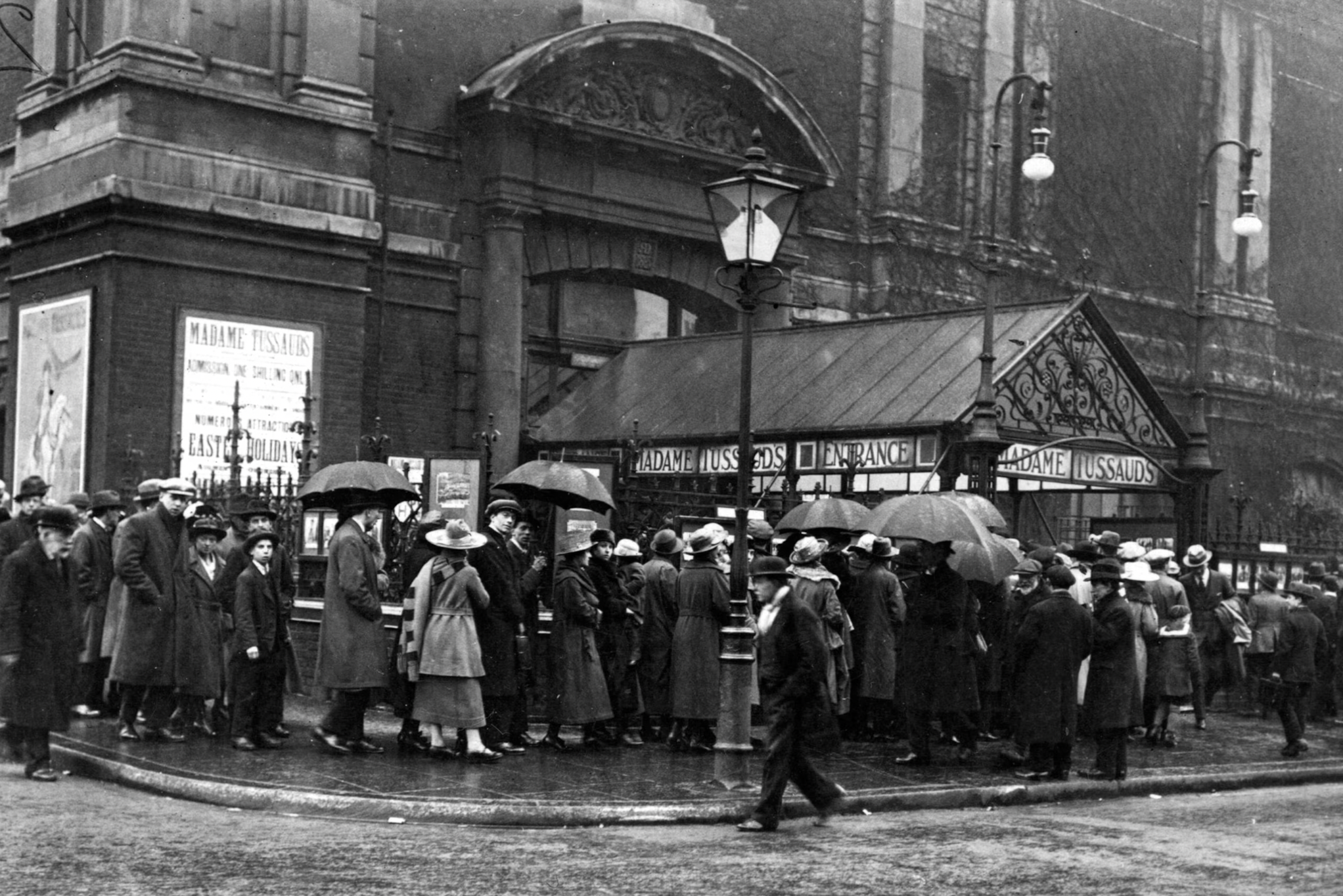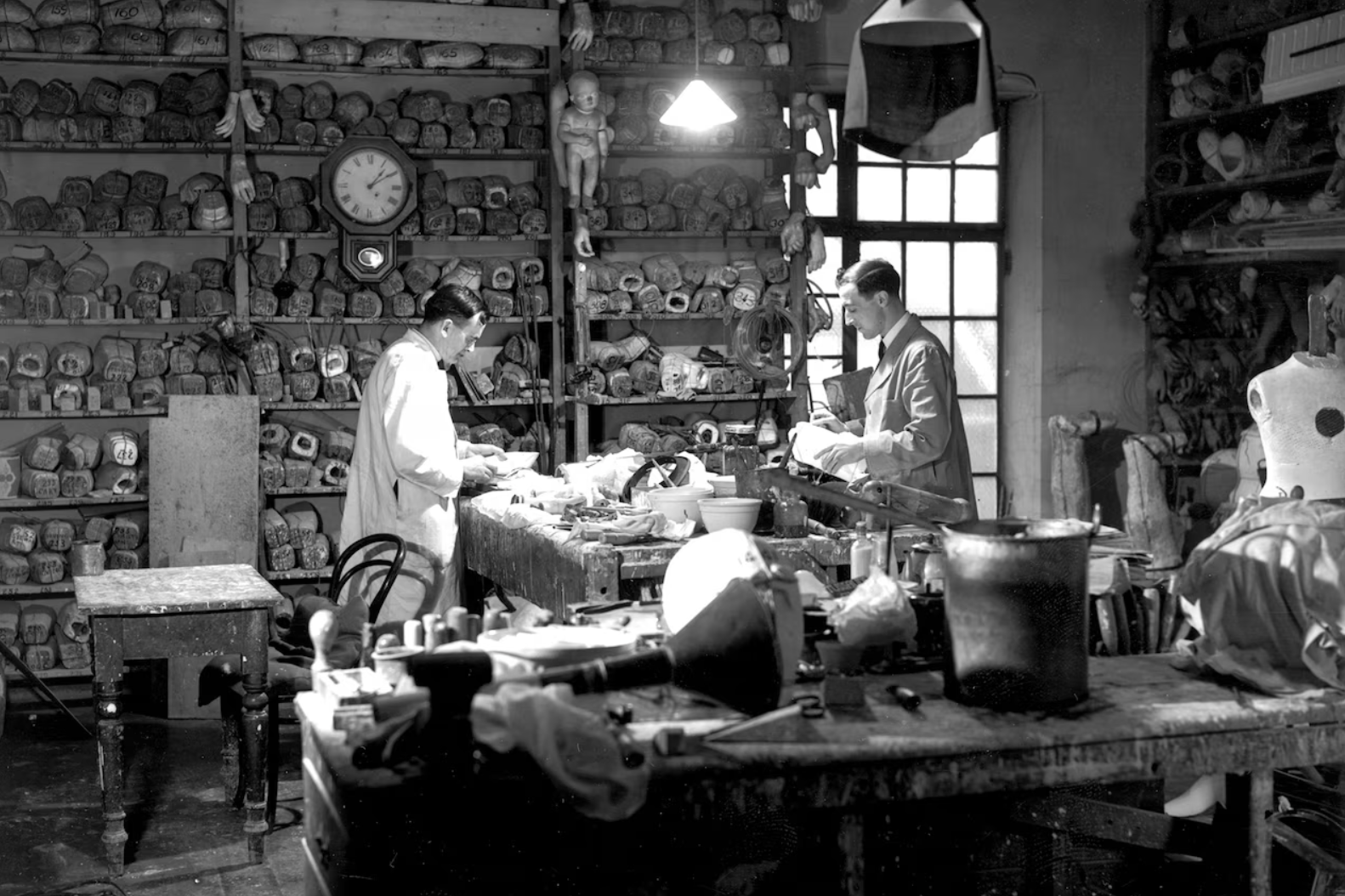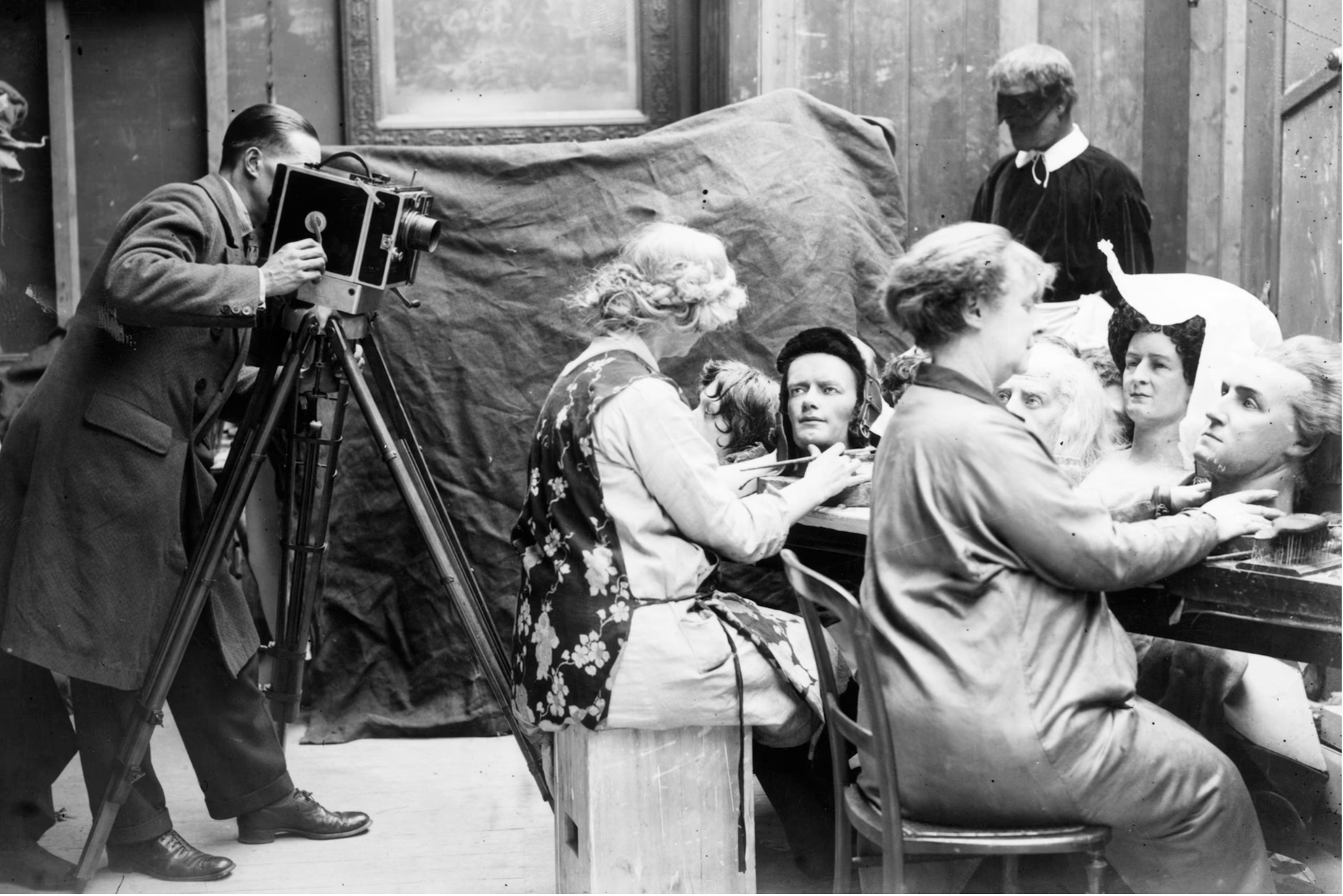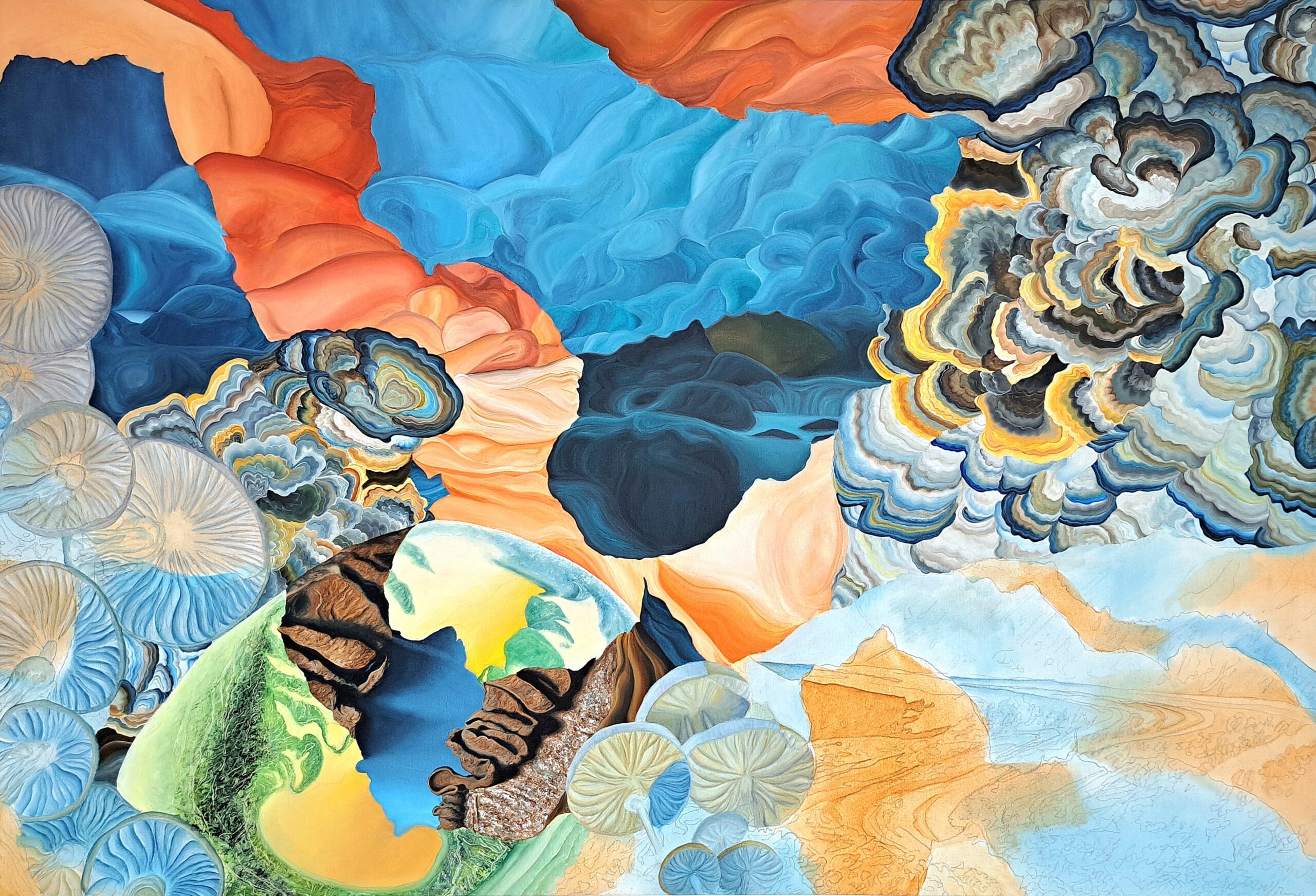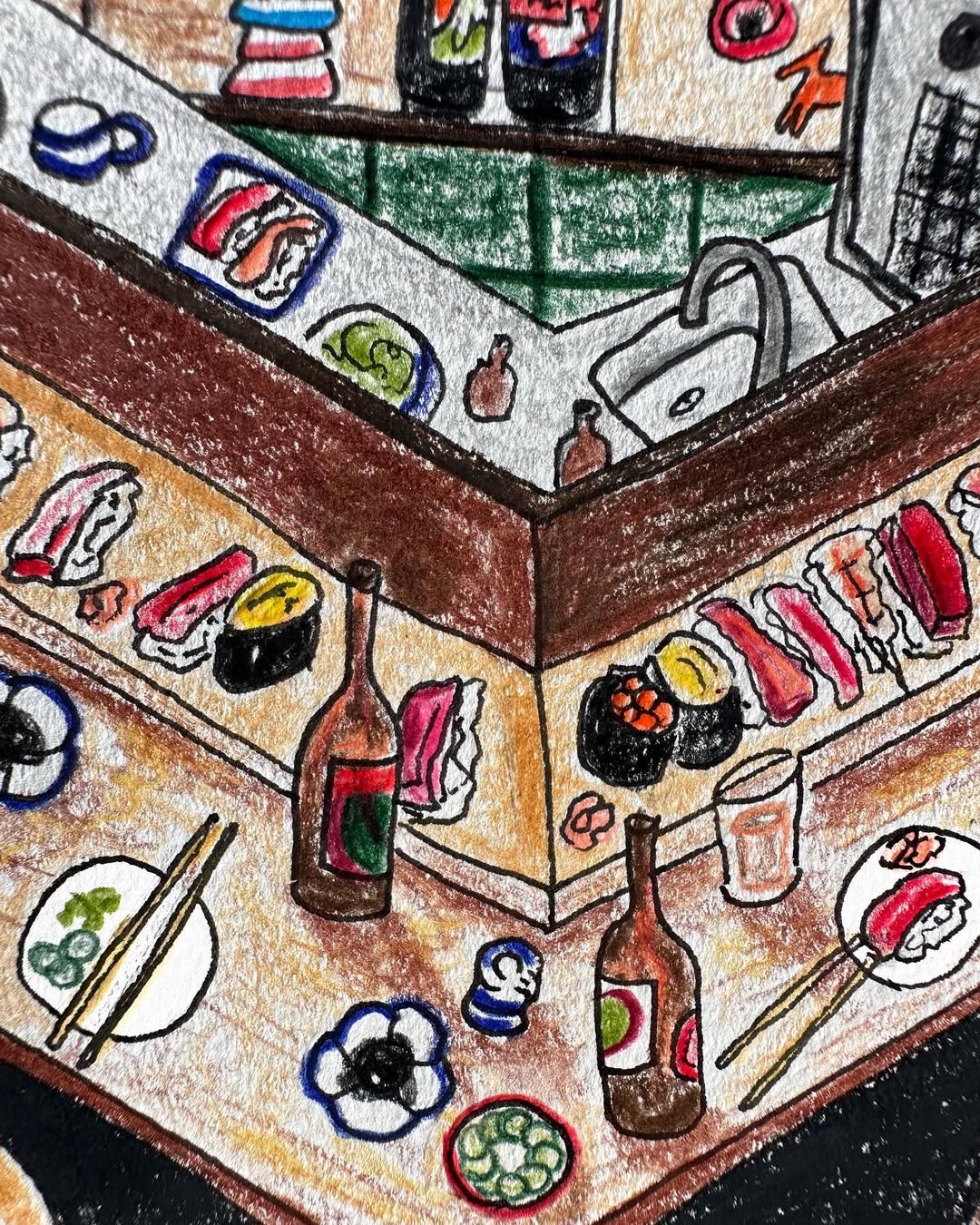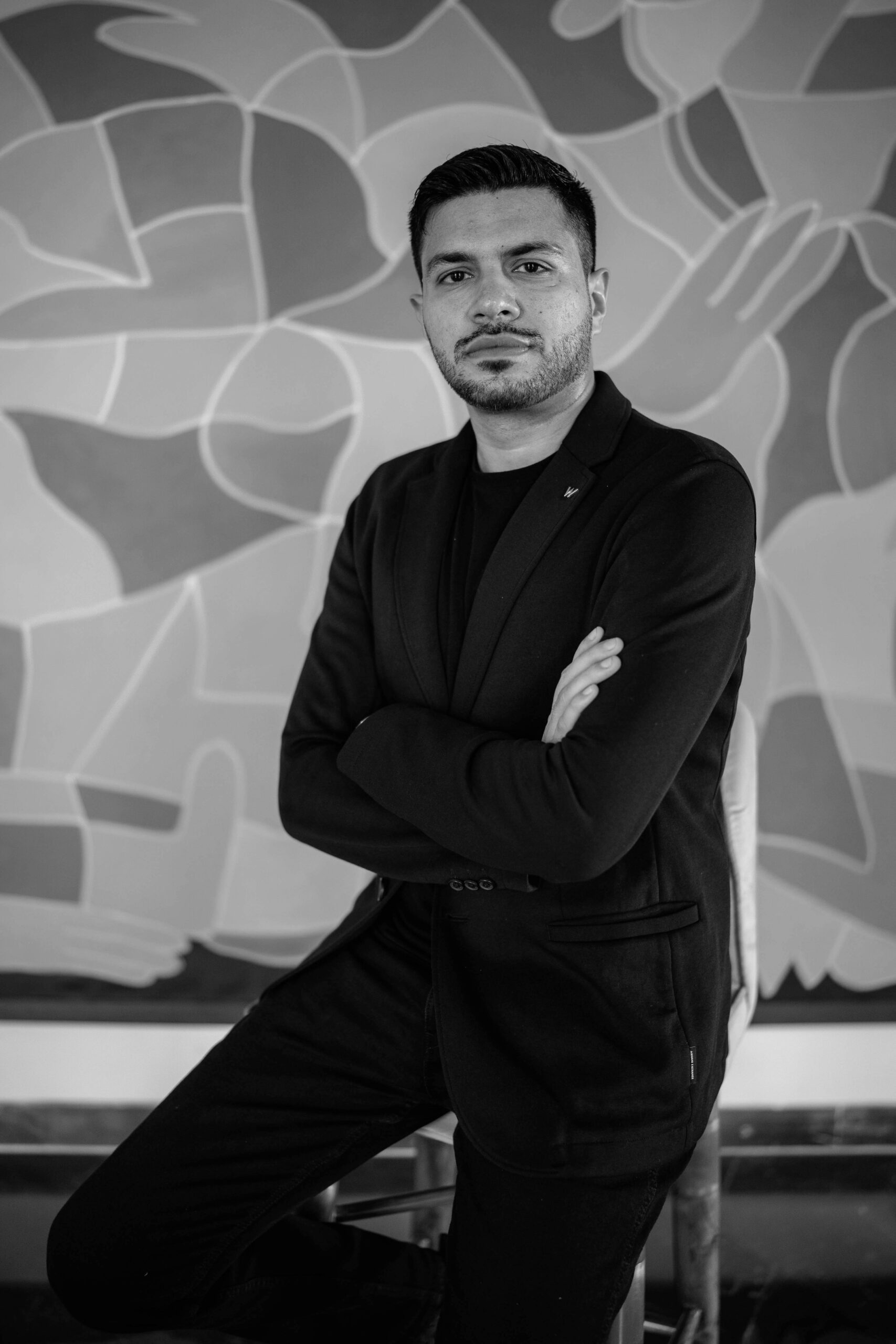France, 1789: the year of revolutions, guillotines, and rolling heads. With a resounding cry of “Liberté! Egalité! Fraternité!”, the French peasants marched against the aristocracy that had reigned an unjust rule over them for far too long. While the legendary French Revolution brewed in the damp, brutish alleyways of Paris, it came to be the much-forgotten origin of a rather appreciated and beloved exhibition: The Madame Tussauds Wax Museum. The establishment that inspires gasps of awe and admiration today, germinated from an astonishingly ghastly beginning.
Marie Tussaud, born Marie Grosholtz, began her tryst with art early on in her life. The
daughter of a housekeeper to Dr. Philippe Curtius, she was a remarkable sculptor born in the city of Strasbourg. At the age of sixteen, Marie created her first wax sculpture under the guidance of the Swiss physician Dr. Curtius, who was adept at constructing anatomically accurate wax models. The renowned philosopher, Francois Voltaire, served as the subject of Marie’s very first wax figurine. Marie continued her creative journey by being appointed as an art tutor for King Louis XVI’s sister, in the palace of Versailles. This did not bode well for her.
Marie Tussaud aged 24, France 1784
By 1793, France was submerged deep beneath a wave of the frightful Reign of Terror. Due to her connection with the court, Marie was suspected to be a royalist, a sympathiser of the aristocracy. She was swiftly imprisoned in Laforce, and languished in a dingy prison for three months, awaiting execution. When all seemed lost and her fate was sealed, Curtius exhausted his connections and made a pact to save Marie’s life: she would prove her allegiance to the Revolution by creating death masks, upon herself being spared from the wrath of the guillotine. The death masks would be modelled around the executed nobles and royalty, including her former employers, King Louis XVI and Marie Antoinette. These gruesome masks were paraded through the streets of Paris, marking the end of the iron fist of the aristocracy over the peasantry.
Madame Tussauds staff working at the wax studio on Marylebone Road, London, 1939.
Even today, Madame Tussauds’ Chamber of Horrors fittingly displays the gore and violence of the French Revolution, which contributed to Marie’s success. Madame Tussaud’s memoirs shed light on the extent to which she had to be made well-acquainted to grisly situations, wherein she claims that she “sat on the steps of the exhibition, with the bloody heads on her knees, taking the impressions of their features.”
When Jean-Paul Marat was mercilessly murdered in his bathtub by Charlotte Corday, Marie rushed onto the scene of the crime to prepare Marat’s death mask even before the murderer was questioned by the police. Marie became known for casting the guillotined heads of French nobility, as well as that of Robespierre, which finally marked the end of the gruesome Revolution. Curtius bequeathed all his possessions to Marie, which she inherited upon his passing. Marie was a creative artist as well as a shrewd businesswoman, ensuring her success in her ventures that began with the infamously titled Chamber of Horrors. She married an engineer, François Tussaud, in an attempt to improve her prospects, but he nearly destroyed her flourishing enterprise.
Madame Tussauds staff working in the studio crafting waxwork heads for a new exhibition in London, 1928.
The unfortunate circumstances of Marie’s life culminated into a watershed period, a baptism that paved the way for her rebirth as Madame Tussaud. She seized the opportunity to set sail to the British Isles, leaving behind a doomed France and an accursed husband, looking straight ahead at a future filled with prospects. Her first permanent exhibition was showcased at Baker Street. Today, both the famous and the infamous are featured in Madame Tussaud’s museum, which displays a unique blend of the historic and contemporary. Right from Adolf Hitler and Kanye West, to Abraham Lincoln, the Dalai Lama, and even Beyoncé, the museum has figures of every famous person imaginable.
The aptly named Chamber of Horrors is a separate area where infamous people and the remnants of their fabled atrocities are exhibited, chronicling the horrors of the revolution. The mystical automated wax figure of Madame du Barry lies in the hallways of the wax museum. She plays a sleeping beauty, while a clockwork device moves her chest up and down, breathing life into her body. Viewers stare transfixed at the hauntingly beautiful sight. Benjamin Franklin, King Louis XVI, the disreputable (and often misquoted) Marie Antoinette, the head of Robespierre, and Marat’s stabbed body – are some of the famous figures displayed in the museum today. Madame Tussauds’ very own waxwork self-portrait stands guard over her phenomenal creations, a true testament to the ingenuity of the skilled little French woman who built a business out of beheadings.
Words by Gayatri Thakkar.
Photographs via Getty Images.
